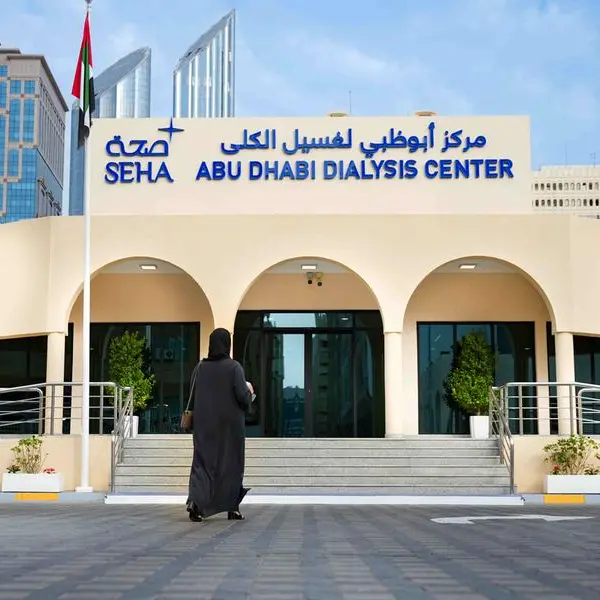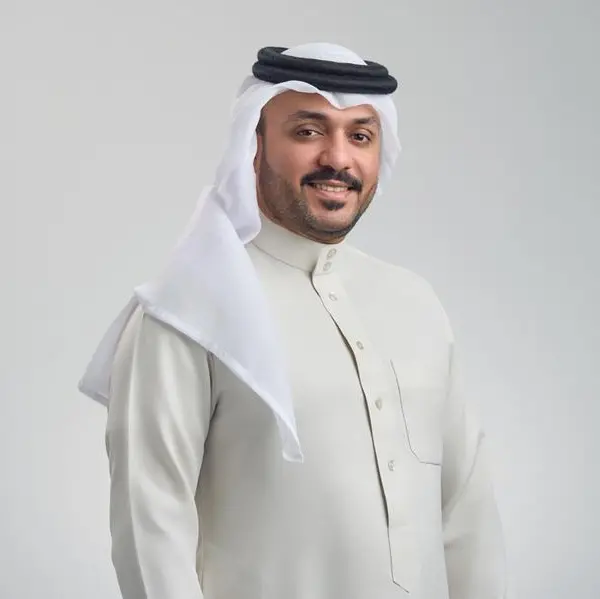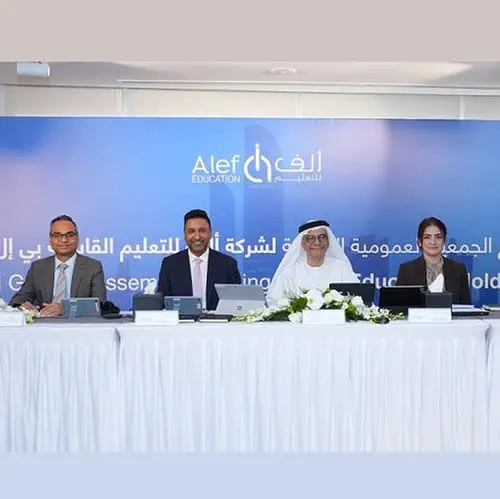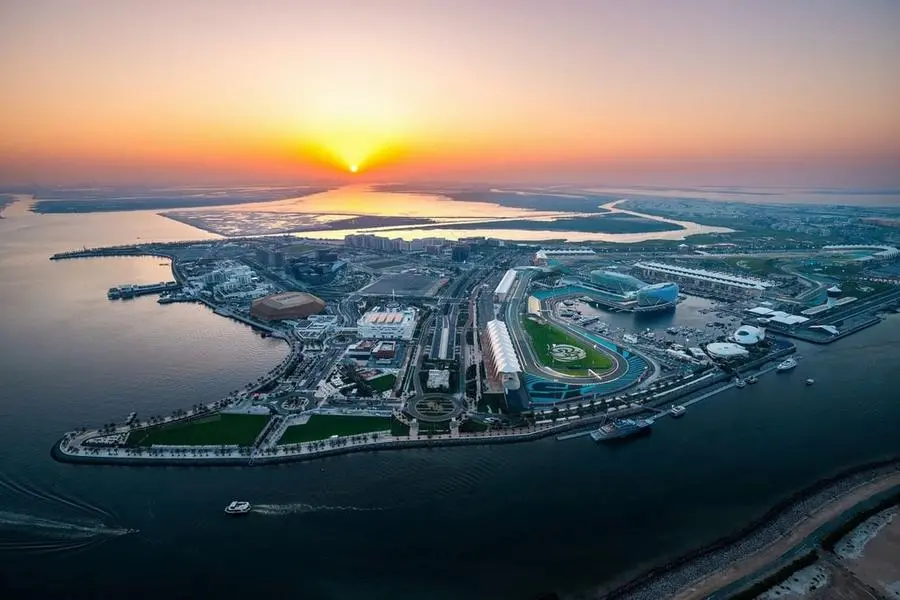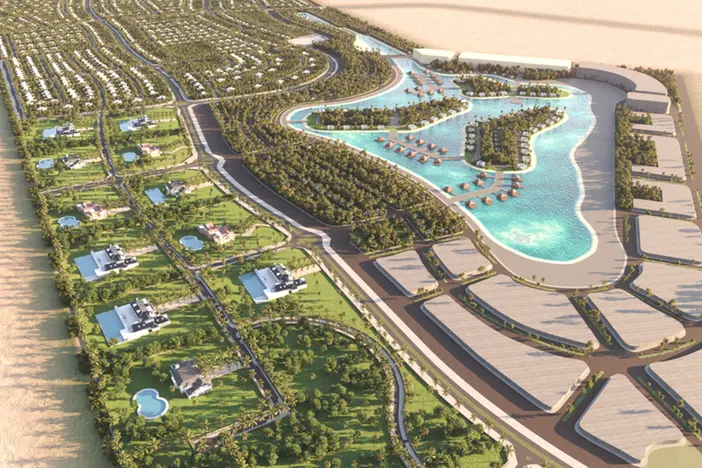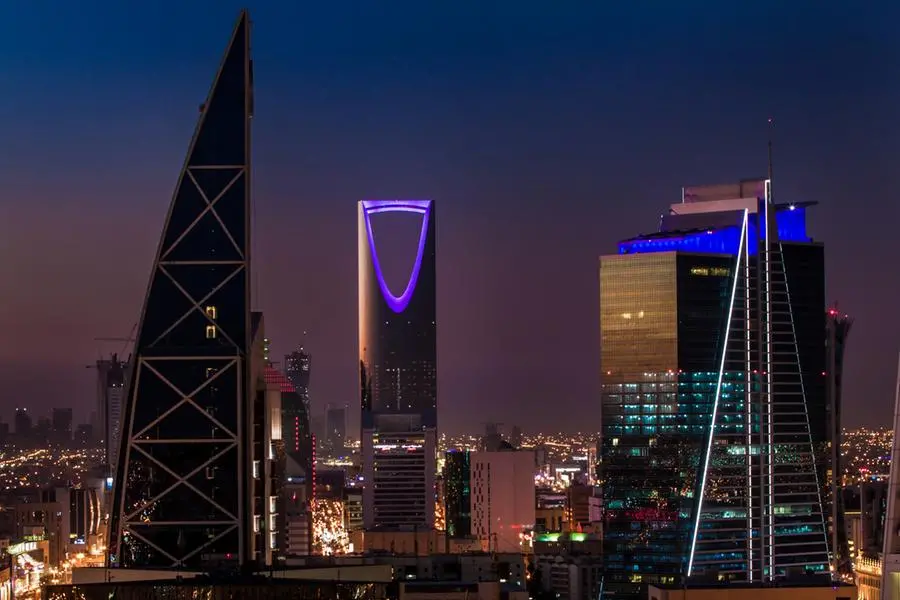PHOTO
For a Safe Society and a Sustainable Economy
Mohammed Khalfan Al Romaithi: The system leverages technology and visual surveillance systems to increase security and safety, and facilitate the management of cities.
Abu Dhabi - The Abu Dhabi Monitoring and Control Centre (ADMCC) announced the launch of a Falcon Eye System throughout the city of Abu Dhabi, including the Abu Dhabi International Airport, the main islands, and the areas of Bani Yas and Musaffah. The system is a complete central system that receives a live feed from visual surveillance equipment distributed across the city and displays the data in an integral system that provides smart warnings and allows quick access to events and incidents. The system offers other functions and features that correspond with the needs of key ADMCC partners on the service and security levels.
The Falcon Eye System links thousands of cameras spread across the city of Abu Dhabi, as well as thousands of other cameras installed at vital facilities and buildings in the Emirate, through an electronic interface based on smart analysis, and case by case warnings that call for action from relevant entities. The system will help facilitate notifications and contribute in providing an electronic method to observe events, and monitor and limit violations.
The system will help control roads by monitoring traffic violations such as the use of shoulders, illegal parking, and the misuse of roads, and by helping to deal with traffic accidents live. The system will also monitor significant behaviours in the city such as public hygiene, and human assemblies in non-dedicated areas. The system will mainly be beneficial to Abu Dhabi entities concerned with traffic monitoring, and will facilitate the management of intersections to increase their efficiency and limit traffic during peak hours.
Furthermore, the system will enable the analysis of visual segments using a network that analysis data at a data centre to monitor unusual events in the city. These analyses will then serve as warnings to partners according to their work requirements. The system will also contribute to planning procedures aimed at providing protection during important events, and facing security risks in the city, emergencies and natural disasters.
HE Major General Mohammed Khalfan Al Romaithi, Commander-in-Chief of Abu Dhabi Police and ADMCC Board Chairman said that the system was "part of the vision of the Emirate of Abu Dhabi to pursue its efforts to build a confident and safe society, and a sustainable and globally open and competitive economy." He added that its launch is based on "the guidance of HH Sheikh Mohamed bin Zayed Al Nahyan, Crown Prince of Abu Dhabi and Deputy Supreme Commander of the UAE Armed Forces, and the follow-up of HH Sheikh Hazza bin Zayed Al Nahyan, Vice Chairman of the Abu Dhabi Executive Council, which stress the need to leverage technology and visual surveillance to increase security and safety, and facilitate the management of cities."
ADMCC Director General Saeed Saif Al Neyadi noted that the "continuous development the Emirate of Abu Dhabi is witnessing requires us to stay up to date with the latest global technologies and developments in this field to protect national gains and provide a suitable environment for the Emirate's progress and growth."
It should be mentioned that the ADMCC was established by virtue of Law No. 5 of 2011 to manage and regulate the use of monitoring and control devices and systems in the Emirate. It supervises the expansion of the geographic cover of the Falcon Eye project, and seeks to increase the number of partners using the system. The ADMCC further works on developing monitoring standards and data analysis to prevent crimes, stop criminals, and maintain security and public order in the Emirate. The Centre seeks to build partnerships with local and federal establishments to support and enrich databases to reinforce the link between data centres and external data, and their analysis using big data technologies with the aim of issuing detailed reports and statistics to be used to regulate existing services and plan the development of future services.
The ADMCC is working according to informed plans to oblige public and private buildings and facilities to provide internal monitoring systems according to set standards. By doing so, it seeks to complete its strategic direction of providing internal and external coverage for buildings, cities and roads in the Emirate, managing this coverage using modern technologies that can be integrated in the future, and dealing with daily events with accuracy, speed and a high level of competence.
-End-
© Press Release 2016

